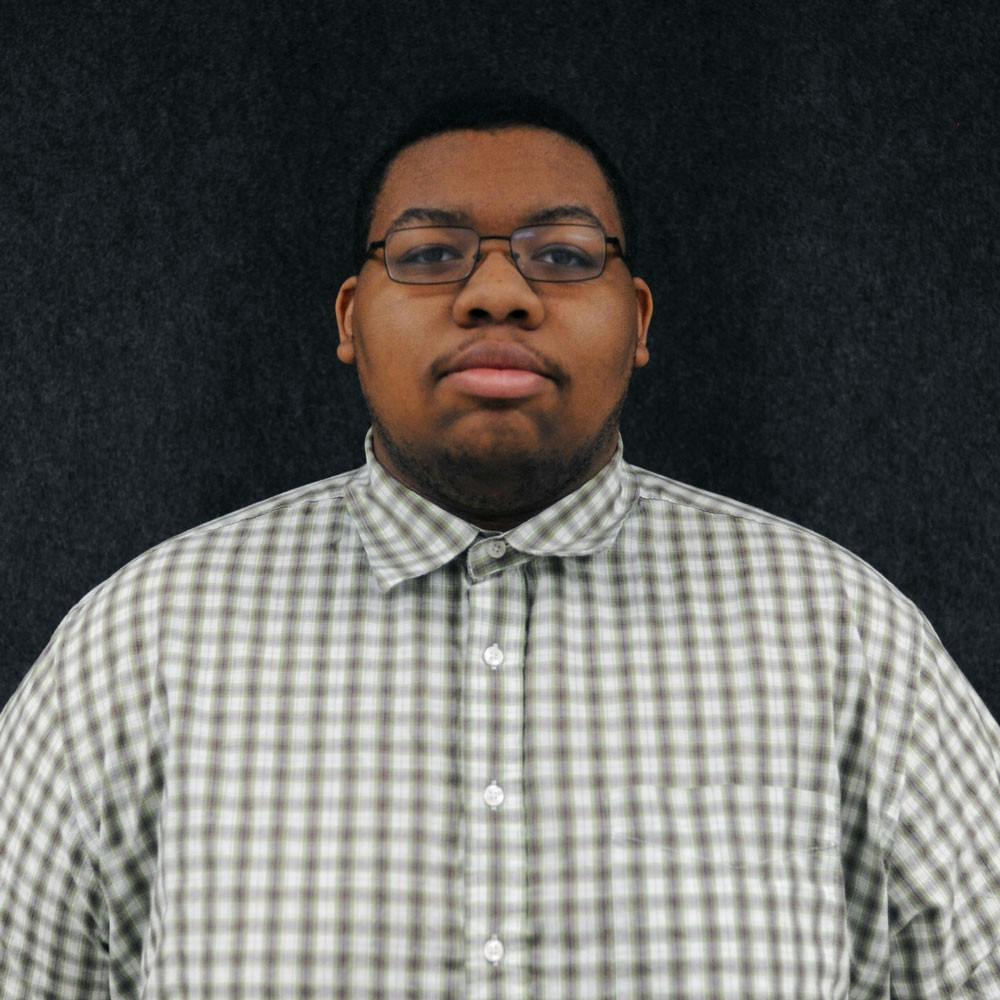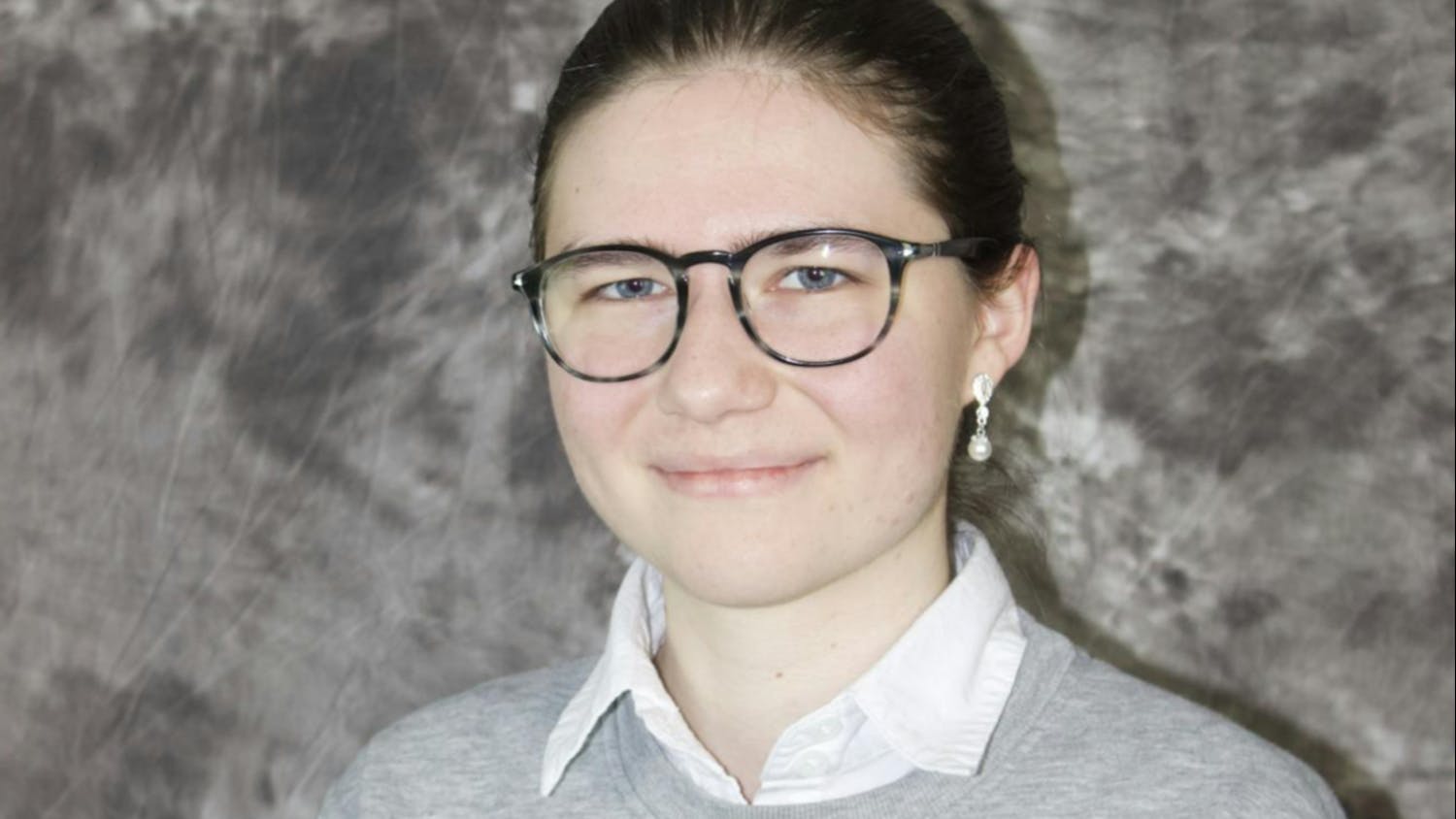More often than not, we’ll forget about sport’s ancillary details.
We’ll always remember the stars. In terms of Buffalo sports lore, you can’t have a conversation and not bring up former Bills like Jim Kelly, Thurman Thomas and Bruce Smith. Same goes for the Sabres’ Dominik Hasek, Phil Housley and Ryan Miller.
But there’s one player that is often overlooked in the history of Buffalo: Former Buffalo Braves forward Bob McAdoo.
It’s easy to forget about McAdoo’s time in Buffalo, as he left the city in 1976 and the Braves left for San Diego two years later and are now the Los Angeles Clippers. From an outsider’s perspective, the Braves’ roots seem long gone. While fans will come out to cheer the UB men’s basketball team, I don’t know if Buffalonians truly miss basketball.
But that’s a conversation for another day.
When discussing the greatest athletes in Buffalo history, McAdoo has to be on the list. At the zenith of his career, he was the best player in the NBA not named Kareem Abdul-Jabbar. And even then, McAdoo’s play was good enough to earn him an MVP in 1974 75 even with Abdul-Jabbar hunting for the same title.
McAdoo was an offensive nightmare. At 6-foot-9, McAdoo tortured opponents with an inside-out game. Playing center for most of his career, McAdoo was able to help reinvent the game to what it is now. His ability to finish at the rim was sound, but his ability to take a step or two away from the basket and hit a mid-range jumper made him special.
McAdoo’s ability to play inside and outside was a rarity at the time. In 2015, being that tall generally means that player is a floor spacing small forward who can play some power forward from time to time.
In 1972, a player solely played their respective position. A point guard ran the floor and was a versatile passer. A small forward would be the glue of the team, generally defending or moving the ball to open teammates. A center was a defensive stalwart, usually the biggest player on the team.
McAdoo’s jumper and overall offensive ability was legendary. After averaging 18 points and 9 rebounds as a rookie, McAdoo slapped together a remarkable three-year stretch where he averaged at least 30 points, 14 rebounds, 2 assists and 48 percent shooting, becoming one of, if not, the best player in the NBA.
To put those numbers into perspective: In the history of the NBA, there’s been 15 single seasons where a player matched or eclipsed those totals. The six players who did it: Kareem Abdul-Jabbar, Walt Bellamy, Wilt Chamberlain, Karl Malone, Oscar Robertson and McAdoo.
And remember, the 3-point line wasn’t introduced until 1979.
McAdoo never came close to those totals again after being traded to the New York Knicks in the 1976-1977 season. He became a nomad, bouncing around the east until he found the perfect spot on the west coast: the 1981-82 Los Angeles Lakers.
McAdoo had a career renaissance as a dangerous backup center who can space the floor. After averaging 9.6 points in the regular season, McAdoo’s numbers jumped when it mattered most in the playoffs. His 16.7 points and 6.8 rebounds in the playoffs helped the Lakers win their second championship in three seasons.
It makes sense that McAdoo isn’t revered in the city of Buffalo for many reasons. Again, he left in 1976 and the Braves left in 1978. The Braves made the playoffs under one of the greatest basketball coaches ever, Dr. Jack Ramsaey, but never won anything. They don’t have history.
It’s easy to forget the Braves. It’s easy to forget Bob McAdoo.
He won’t receive credit for it, but he was a step forward into today’s NBA where the 3-point shot has become the best shot in the game and 7-footers constantly workout summer after summer to extend their range.
As the years continue, the Bills and Sabres will find their next collection of stars – the next group of guys to cheer for. But don’t forget about McAdoo, who claimed the title as “best player in the NBA” for a couple years and put together seasons that players only dream about today.
And at the height of his game, the best player in the NBA resided in the city of Buffalo. But he’s always a second thought in Buffalo folklore.
Quentin Haynes is the co-senior sports editor and can be reached at quentin.haynes@ubspectrum.com. You can follow him on twitter at @Haynes_Spectrum





